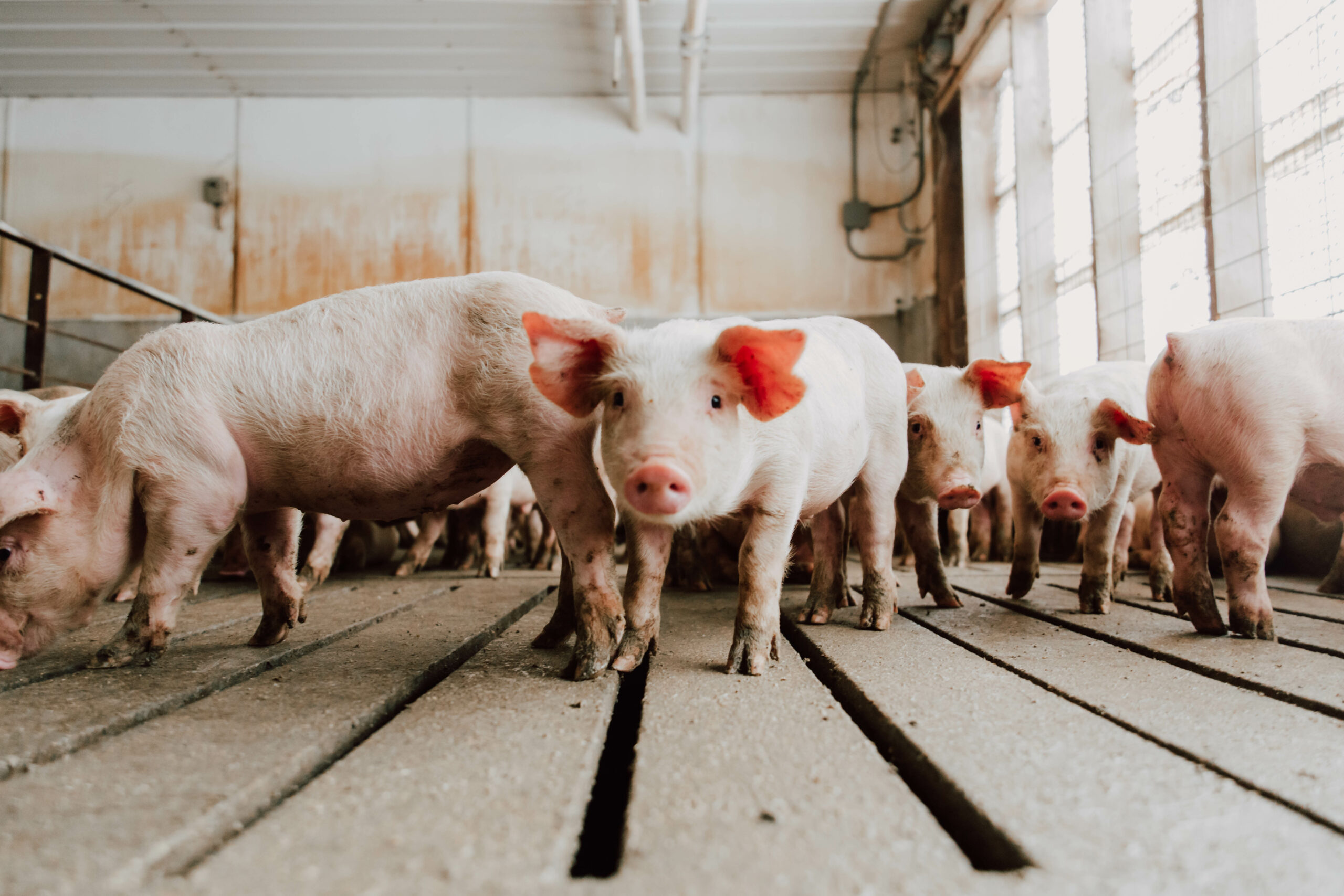Written by: Ashley Wagner, Ph.D. Technical Sales Manager Probiotech International written exclusively for Essential Ag Solutions
KEY TAKEAWAYS:
- This article introduces and provides a background on Dr. Declan Schroeder, a leading virologist studying ASFV.
- Readers will learn that ASFV is a megavirus that is extremely temperature and time-stable, and how that makes it different from other viruses plaguing the swine industry.
- This article will also introduce a surrogate virus to ASFV that allows researchers like Dr. Schroeder to perform testing without a threat of spreading ASFV.
African Swine Fever Virus (ASFV) poses a longstanding threat to the global swine population, with a history of infecting wild hogs for over a century. The virus has been detected in wild and domestic pig populations across Africa, Asia, and Europe. Recently, its presence has been noted closer to home in Haiti and the Dominican Republic. While ASFV has not been officially detected in North America (at the time of press), the threat is knocking at our door.
Dr. Declan C. Schroeder, Ph.D., is an Associate Professor specializing in Molecular Virology and Veterinary Population Medicine at the University of Minnesota. His research focuses on assessing the viability and infectivity of various viruses in his laboratory. Dr. Schroeder’s research contains viruses with significant implications for the swine industry, including the Porcine Epidemic Diarrhea Virus (PEDV), Porcine Reproductive and Respiratory Syndrome Virus (PRRSV), and African Swine Fever Virus (ASFV).

Recently, we had the opportunity to interview Dr. Schroeder about his insights into ASFV. When asked about his focus on swine-related viruses, Dr. Schroeder chuckled, saying, “I am a virologist. I study viruses. It doesn’t matter if it infects pigs, chickens, cattle, algae, or honeybees; I study viruses that infect all those species.”
He clarified that ASFV is classified as a ‘mega virus’ among virologists, indicating the size of the virus particle and its genome. ASFV is of such size that macrophages, the immune cells responsible for interacting with bacteria during an infection, can misinterpret ASFV as bacteria. This phenomenon is known as Phagocytosis, a process that typically eliminates bacteria from the body.
EAS: What are the major differences between ASFV, PRRSV, and PEDV?
Dr. Schroeder: ASFV is substantially larger than PRRSV or PEDV, and much more robust. Measures that kill other viruses like extreme temperature do not impact ASFV in the same way as it does PRRSV and PEDV.” Dr. Schroeder went on to tell us: “In our most recent publication, we examined temperature stability of both ASFV and PRRSV. We discovered the two viruses behaved differently after boiling at 100oC. If you boil something for 20 minutes, you would think that would destroy the virus particle. But when it comes to this virus, its structure is maintained. And that has completely surprised us. Based on TCID50 data on ASFV, we assumed that everything would have dissolved at that temperature, but that didn’t happen with ASFV. This means that typical manufacturing times and temperatures are insufficient to impact ASFV.
EAS: Can exposing feed to room temperatures contribute to the inactivation of ASFV?
Dr. Schroeder: It is unlikely. Another trial that we recently completed looked at a 28-day transportation experiment with a surrogate virus to ASFV, Emiliana Huxleyi virus, on soybean meal. At the end of the 28 days, we were able to recover the virus. But remember, this was just one trial; we are learning more every day about this virus; we definitely don’t have all of the answers.
Stay tuned for PART TWO – where we delve into the intricate connection between ASFV and the various feed ingredients utilized in the swine industry. Additionally, we will explore Virabloc, a feed mitigant meticulously studied by Dr. Schroeder in the context of ASFV.

